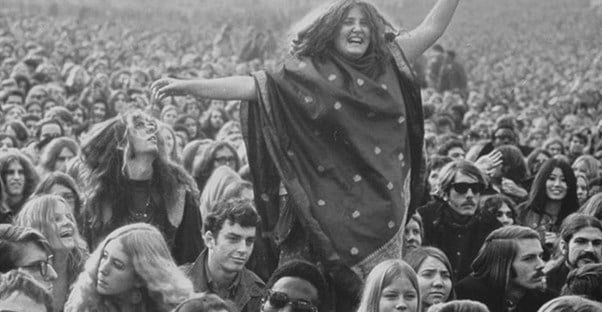Haight-Ashbury, San Francisco, CA

Hippie culture in the US was largely tied to California, but San Francisco was the epicenter. Within San Francisco, Haight-Ashbury was the epicenter of the epicenter. Media attention on the lifestyle, music, and festivals coming out of this neighborhood spread like wildfire across the country, giving rise to the "Summer of Love."
Berkeley, CA
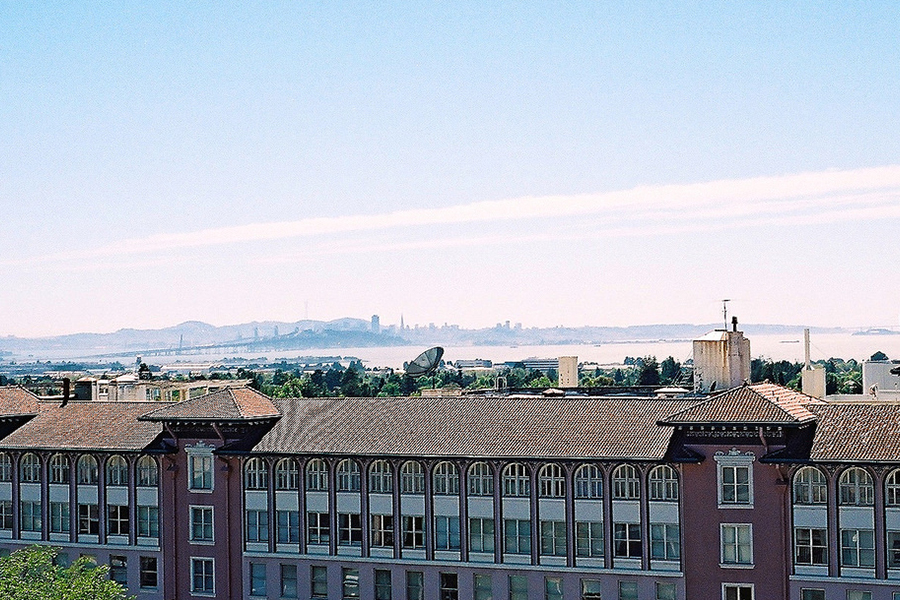
UC Berkeley was the birthplace of the Free Speech Movement: a massive student protest that demanded that the school lift its ban on political protests. They picked up very quickly on the draft card burnings in New York City, and locales like Cabale Creamery and Jabberwock became havens for a crowd of musical acts that participated in the Red Dog Experience in 1965.
Bethel, NY

Bethel may not have been your usual hippie hangout, but against its wishes, it became forever associated with the hippies when it hosted the Woodstock Festival in 1969. That legendary festival became the iconic moment of the entire hippie movement!
(image via Flickr)
Greenwich Village, NY

Greenwich Village has a long history as a locus for artistic-types, from the bohemian to the Beat. So, it's not surprising that the Village became the East Coast's answer to Haight-Ashbury. Village nightclubs introduced the likes of Bob Dylan, Simon & Garfunkel, The Velvet Underground, and more. This neighborhood also became a hotbed of protest, from the Stonewall riots to the radically anti-war Weather Underground.
The Hippie Trail
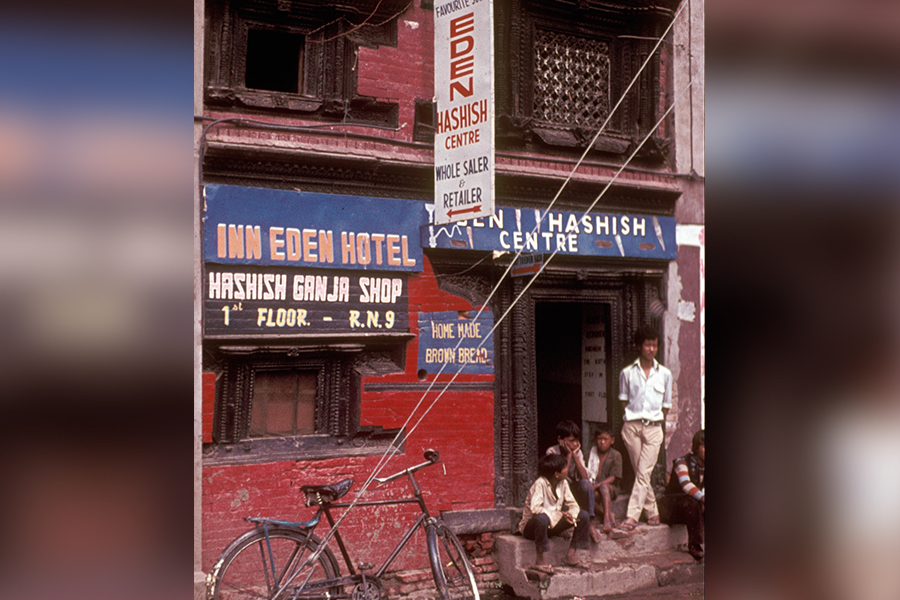
The hippie trail wasn't a single place. It was more of a route or a series of routes; Hippies weren't known for their organization. Youths would start in Europe (typically the UK) and wind their way through the roads into Asia, usually with the goal of reaching India or Kathmandu, Nepal.
Red Dog Saloon, Virginia City, NV
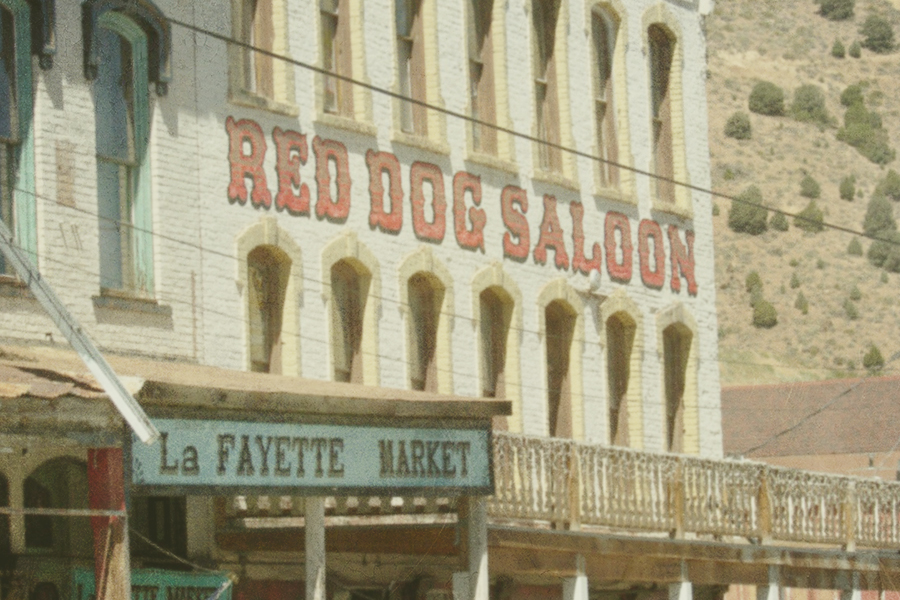
In 1965, before music festivals were really a thing, the Red Dog saloon held several early events that became formative to hippie culture, namely the Red Dog Experience. Big Brother and the Holding Company, Jefferson Airplane, and a lot of other rock groups performed for a crowd on so many psychedelics that the line between audience and performer blurred greatly. The shared experience built a sense of community and set the tone for things to come.
Los Angeles, CA
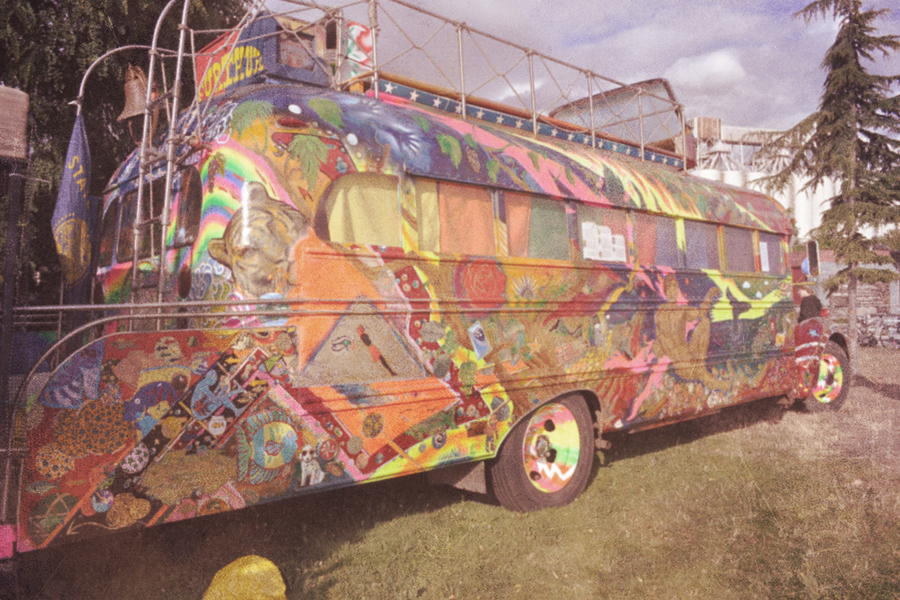
Los Angeles was a hippie haven for a lot of reasons, but one of the biggest was the presence of Ken Kesey. Kesey wrote novels like One Flew Over the Cuckoo's Nest. He also did a lot of communal experimentation with LSD. These "acid tests" helped popularize the drug. Kesey's group of Merry Pranksters eventually took an enormous road trip in '64 on a psychedelic school bus called Further, spreading the good news about drugs.
Cambridge, MA

Cambridge makes the list largely for Timothy Leary, the man who brought LSD to the forefront of American culture. Leary and his colleagues conducted (then-legal) experiments on psychedelic substances like psilocybin and LSD. They drew a healthy crowd of followers, including Allen Ginsberg.
Rishikesh, India
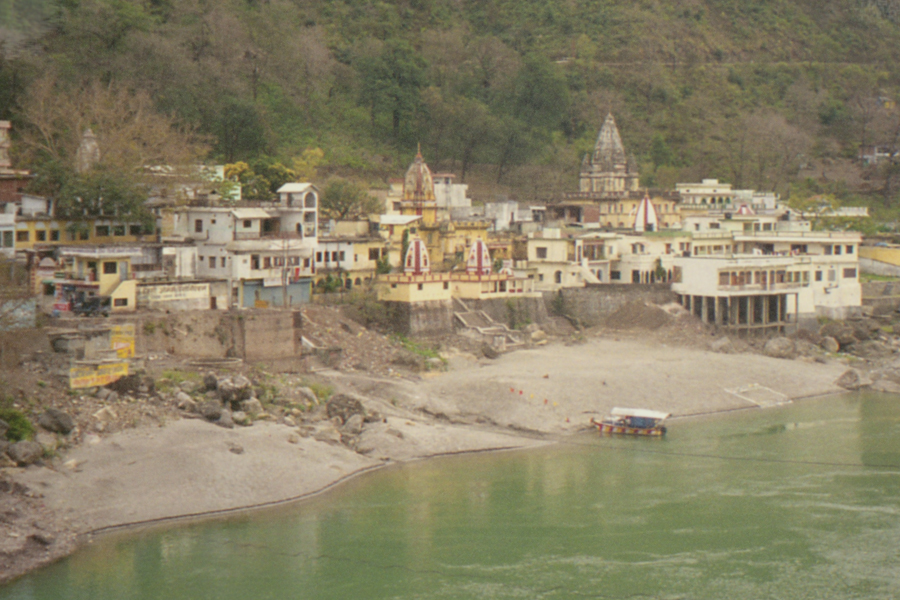
Rishikesh is known as a major center for yoga, and in the ‘60s, it was also a major hub of hippie music icons and those who could afford to follow them to India. The Beatles made a life-changing trip here in 1968 and composed much of what became the White Album. The Beach Boys, Prudence Farrow, and Donovan also studied at Marharishi Mahesh Yogi's ashram.
Altamont Speedway

Altamont is where the hippie dream died. After a decade of ambling around the country, people ran out of free stuff to give away. Unrest turned into anxiety. A concert-goer who was turned away from the stage at a Rolling Stones concert came back and was killed by one of the Hells Angels. Free-love anthems gave way to the me-centric singer-songwriters of the ‘70s, cocaine replaced weed, and the flower children gave up and went home.
The Farm, Tennessee
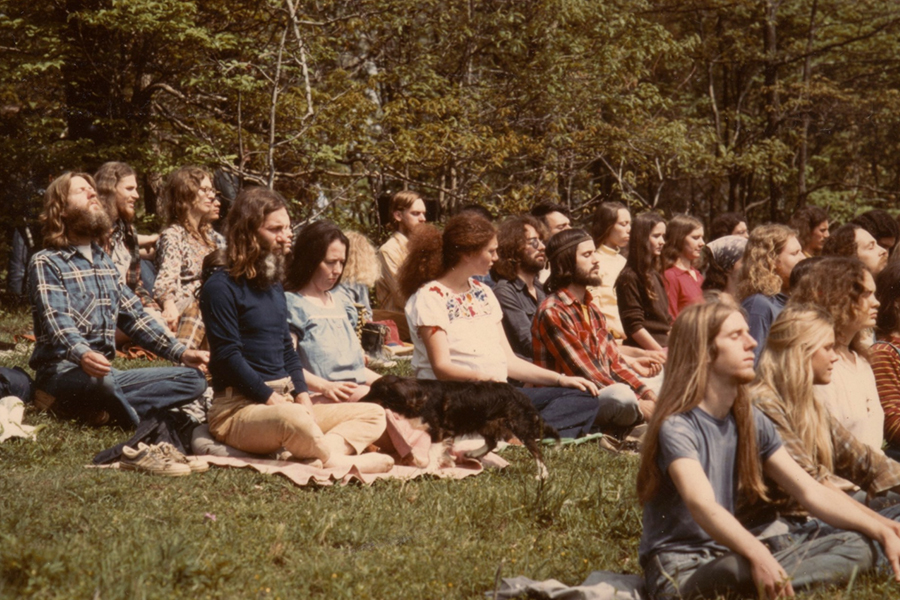
Stephen Gaskin and some of his friends led a caravan out of San Francisco and eventually settled south of Nashville. They took vows of poverty and turned to subsistence farming and weed-growing. Some of the farm’s rules were odd; tobacco and alcohol were frowned upon. Premarital relations was discouraged, but four-way marriages were common. The Farm had some ups and downs, but it still operates today, and the Gaskins are still there.
Kathmandu, Nepal
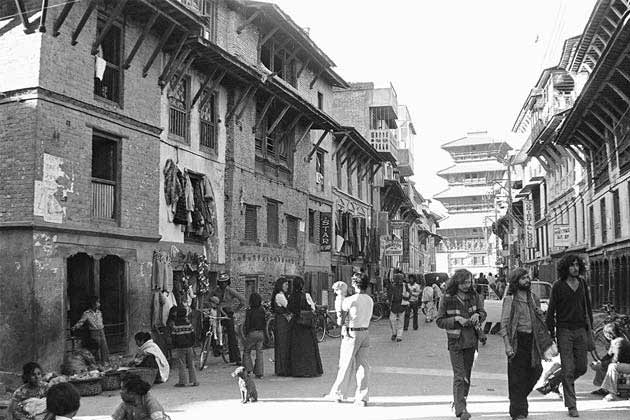
The capital of Nepal has always been a hippie must-see destination. Kathmandu was one of the ending points for the hippie trail, which usually began in the United Kingdom. Nepal is a major epicenter for Buddhist traditions and culture that drew in many U.S. and European hippies, who were searching to find some peace and explore their spiritualism. With peaceful music, gorgeous scenery, and copious marijuana, this was the ideal place for hippies to visit.
Nelson, Canada
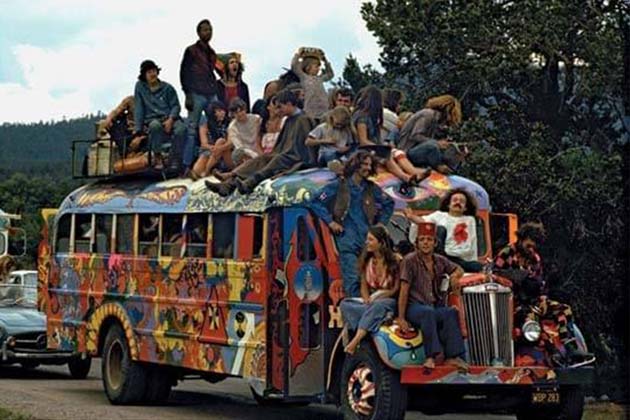
A major bohemian hotspot that was known for its carefree people, Nelson offered an unbiased blend of bohemian and hippie culture with the beautiful Canadian environment. Hippies have long since enjoyed the natural town and its easy-going, open atmosphere.
Ibiza, Spain
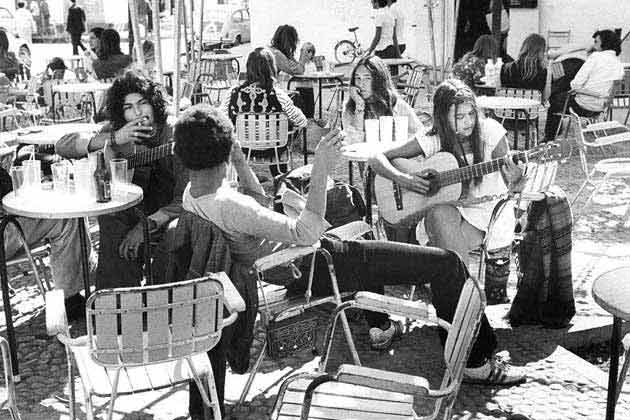
The third largest of the Balearic Islands in the Mediterranean Sea, Ibiza is the most well-known party destination in the world. Before it became the go-to party central of the world, it was a favorite destination for European hippies. The birthplace of insane raves, hippies loved to frequent the beautiful walking trails and exploring the gorgeous scenery of the islands.
Panajachel, Guatemala
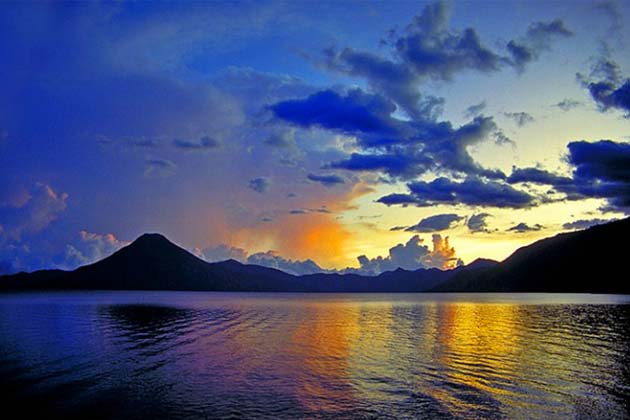
A major stop for '60s hippie travelers. Sand, sea, and spiritualism attracted wandering U.S. hippies who visited on their search for inner peace and freeing their souls. The Guatemalan civil war that lasted throughout the '60s caused its hippie traveler numbers, but the city remained drenched in the essence of hippie culture. Even today, hippies make a point to give Panajachel a visit.
Vancouver, Canada

A major Canadian hippie hub, Vancouver is often considered the land of love and revolution. Hippie culture spread like wildfire throughout the city, and it became the stereotypical hippie hangout. Eventually, it was considered the hippie capital of Canada. The hippie movement rocked the towns conservative roots and opened the way for a liberal, love-oriented community to settle in.
Montanita, Ecuador
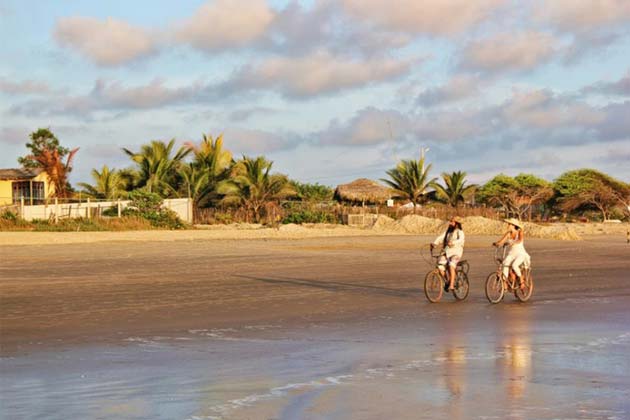
Traveling, worldly hippies stumbled across this sleepy little fishing village in the 60s and set up camp. Montanita became known throughout the hippie underground for its gnarly surfing opportunities, that many hippies and surfing enthusiasts still visit today.
Boulder, CO
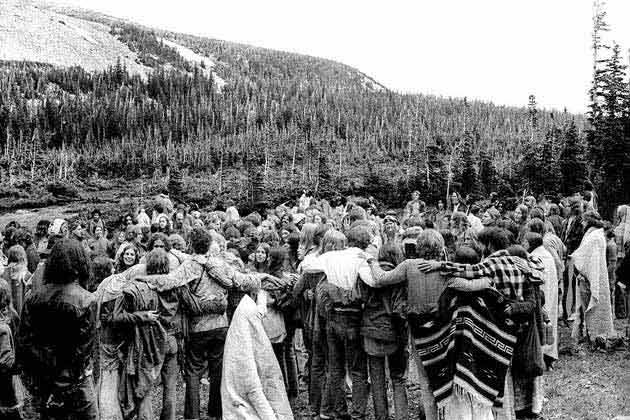
Boulder experienced a hippie invasion in 1968 when thousands upon thousands of hippies poured into the city from California. Hippie cafes and communal houses popped up across the city, mostly near University Hill and Pearl Street. This sudden influx led to significant clashes between the hippies and the cowboys that had already been in the city, but that didn’t deter the hippies from making themselves right at home.
Tulum, Mexico
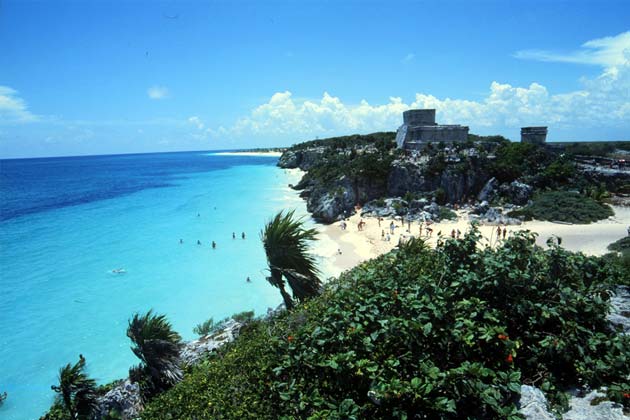
Mexico has always been famous for its gorgeous beaches and a wide variety of Mexican cuisine. Since the birth of the hippie revolution, Tulum has been a significant travel center for U.S. hippies. Tulum is known for its stunning coastline, lush greenery, and other beautiful natural scenes that blend perfectly with the cities bohemian style.
Chefchaouen, Morocco
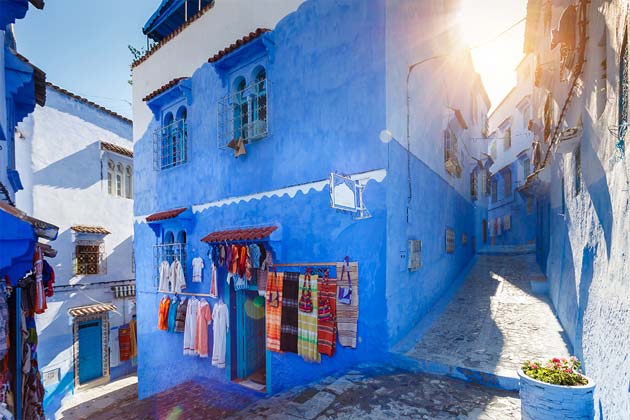
Off the beaten path, cheap, and colorful are all ways to describe this hippie city. Chefchaouen offers a peaceful place for those looking to enjoy the free hippie lifestyle. Markets overloaded with hippie paraphernalia, marijuana, and colorful scenery that draws in hippies from across the globe that has made the city a major hippie hub.
Drop City, CO

Established in 1965 by four art students and filmmakers from the University of Kansas and the University of Colorado. Drop City was meant to be a live-in piece of Drop Art, an art concept they had developed earlier in the '60s. Drop City became a notable hippie establishment for those interested in experimental art forms, and it earned national media attention, even though that attention is what eventually led to its demise.
San Marcos, TX

A Texas town of just over 54,000 people, San Marcos, was considered Texas’s hippie territory. San Marcos was the forefront of the marijuana-legalization movement and is home to Texas State University, lending to its college-aged hippie population that’s still going strong today.
New Haven, CT
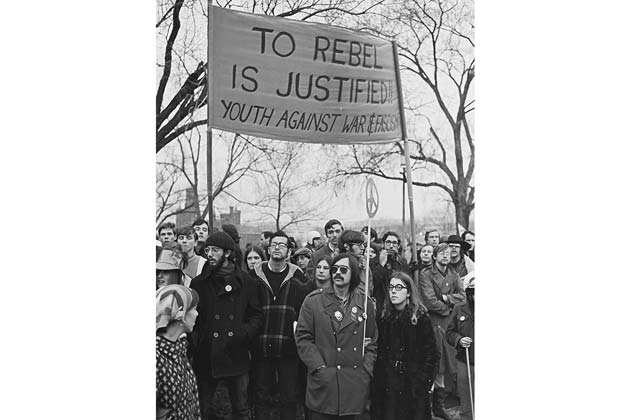
The home of Yale University and all its big thinkers and intellectuals, New Haven, was the center of political rallies in the '60s. New Haven was a major epicenter of the hippie movement, where art, freethinkers, and culture collide. Plus, there’s the Group W. Bench store, which is the oldest running head shop in the country.
Yorkville, Toronto
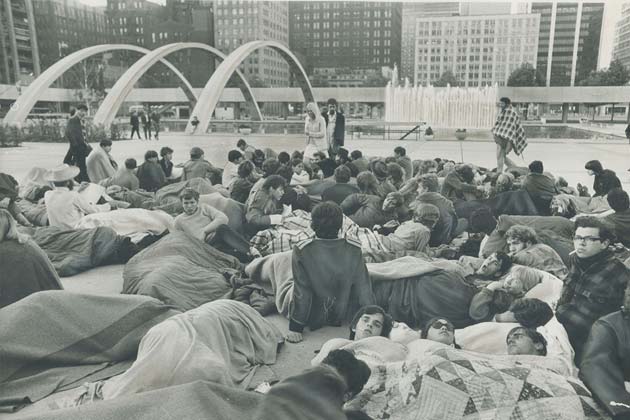
Yorkville is considered the heart of Toronto’s hippie revolution in the 60s. Hippies there focused on celebrating revolution through nonconformity, artistic expression, and sexual exploration. At its height, there were over 40 coffee shops and clubs scattered across the city, and talent was expressed in every manner imaginable.
Total Loss Farm, VT

Founded in 1968, Total Loss Farm and its two sister communes were some of the most popular hippie communes on the east coast. TLF alone consisted of over 90 acres of rolling land, and its founders focused heavily on letting in people who loved and appreciated art and literature. Its two sister communities, on the other hand, had different requirements or focuses for the hippies choosing to live there.
 Author
Rachel Downs
Last Updated: May 09, 2025
Author
Rachel Downs
Last Updated: May 09, 2025
